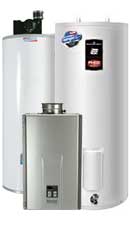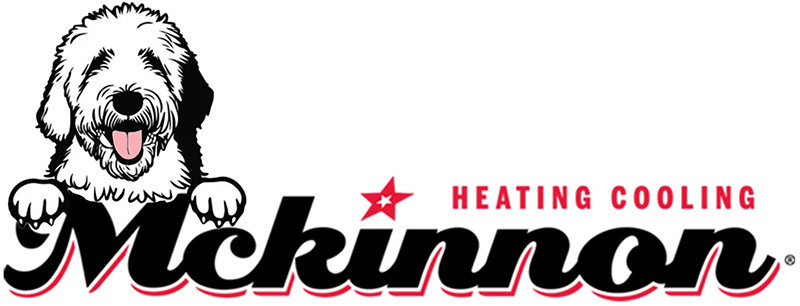 The average electric heater uses current that is passed through electrical resistance heating elements to heat the water. There are usually two of these heating elements, one at the middle of the tank and one at the bottom. The thermostat (a switch that senses the temperature of the water) sends power to the heating elements.
The average electric heater uses current that is passed through electrical resistance heating elements to heat the water. There are usually two of these heating elements, one at the middle of the tank and one at the bottom. The thermostat (a switch that senses the temperature of the water) sends power to the heating elements.
When the temperature drops, the switch closes to allow current flow, and it opens when the temperature reaches its preset limit. Thermostats have a dial for setting the maximum water temperature.
When you turn on a hot water tap in your home, cold water flows into the tank and the temperature drops, causing the thermostat to trigger the heating elements. As the water at the top of the tank is replaced by cool water, the temperature at the top thermostat drops and its element kicks in. When the tap is turned off, the heating elements continue to carry current until the temperature reaches the level set by the thermostat.
How fast your water is heated and how much water your tank holds will affect the hot water supply at your fixtures because water heaters store both heat and water.
The speed at which a unit heats water is called its recovery rate. Once you draw water faster than it’s heated, the temperature drops. Because the tank stores hot water, its capacity also affects the ongoing availability at the tap.
Deciding on the appropriate capacity and recovery rate for a new water heater depends on how much water you and your family use on an average basis. Usually, heaters with low recovery rates have a high tank capacity. Although it takes longer to heat the water, there’s more of it for intermittent use. Electric heaters fall into this category. On the other hand, a fuel-fired heater with a high recovery rate doesn’t need a large tank because it can heat the water faster. In general, electric models have the lowest recovery rate and oil-fired units have the highest.
If you have hot water in your home but no water heater tank, you have a tankless water heater. This works by connecting a coil of pipe to the cold water supply and to your hot-water delivery piping. As the boiler heats the water that warms your home, that water heats the coil, creating hot water at your taps.
These systems are great because they only heat the water when it’s being used. You’re not paying to maintain heat in a large volume of water just so it’s ready when you need it. Like tank-type heaters, tankless heaters are designed to achieve a specific heating rate. Once the rate is exceeded, the temperature of the water drops. In some cases, storage tanks are connected to the heating coil to increase hot-water availability.

